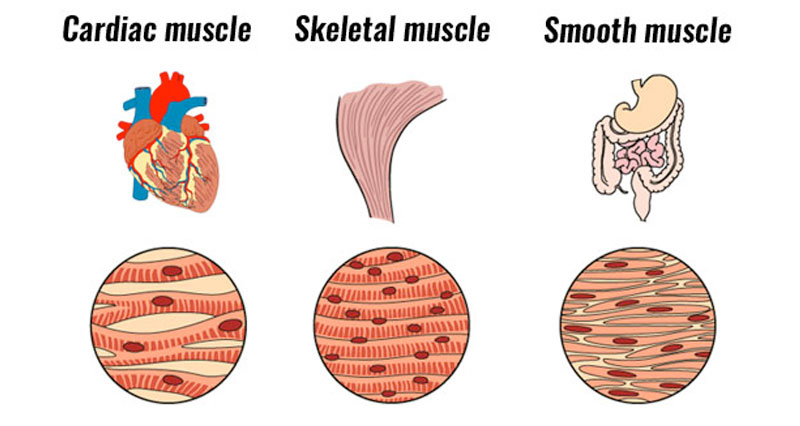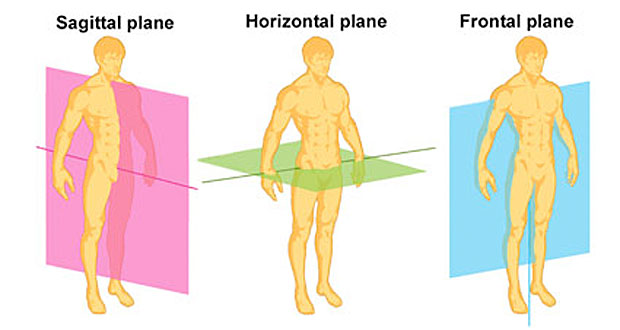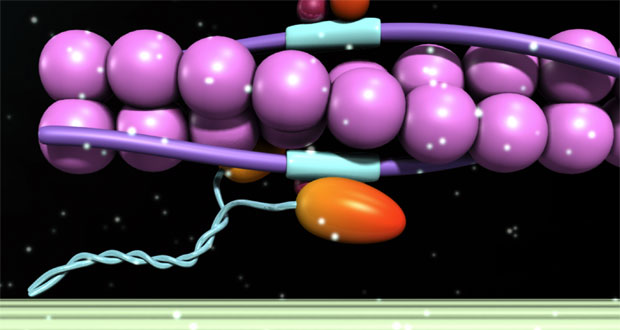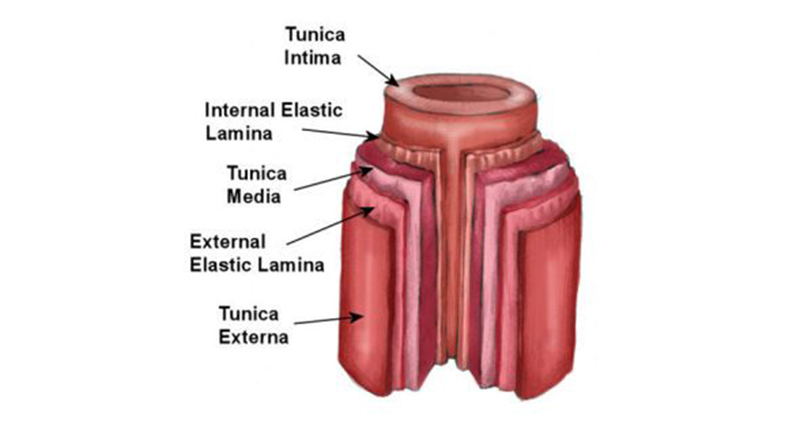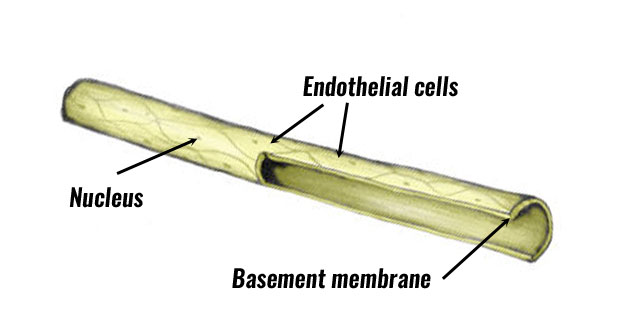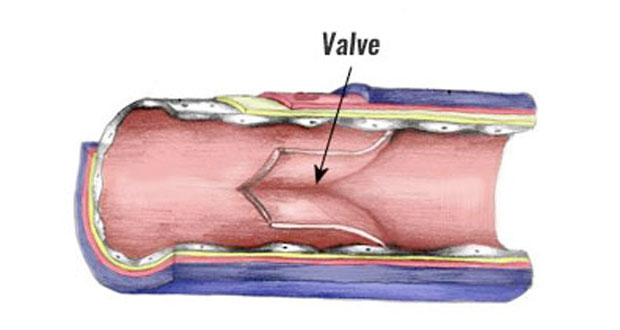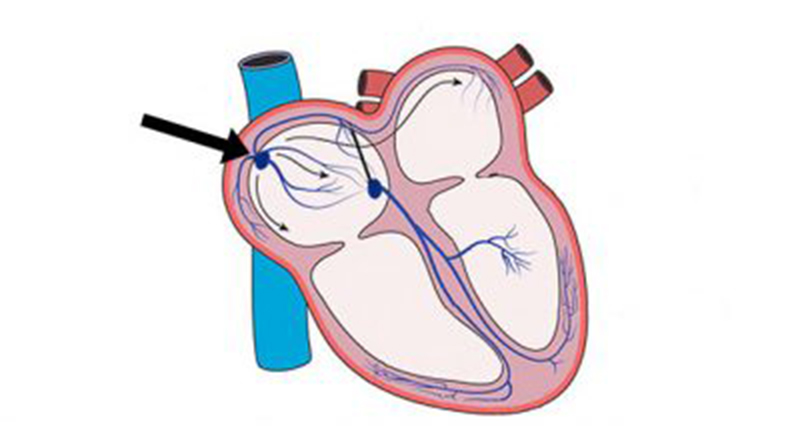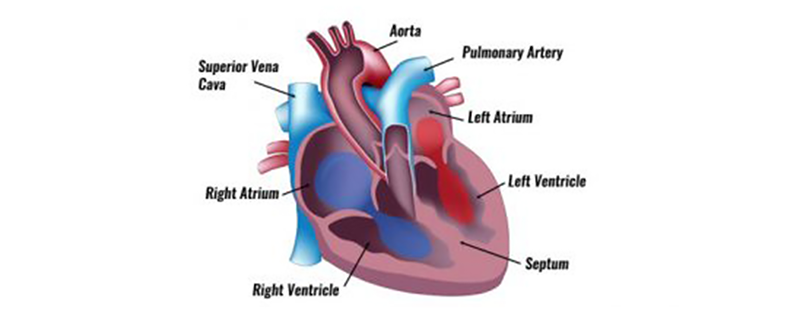Types of Muscle
The three types of muscle found in the human body are skeletal, smooth, and cardiac muscle. Skeletal muscle Skeletal muscles attach to bones. Their main function when they contract is the movement of the skeleton. Sometimes we call skeletal muscle types striated muscle. This is because of their striped appearance caused by bands of Actin […]

